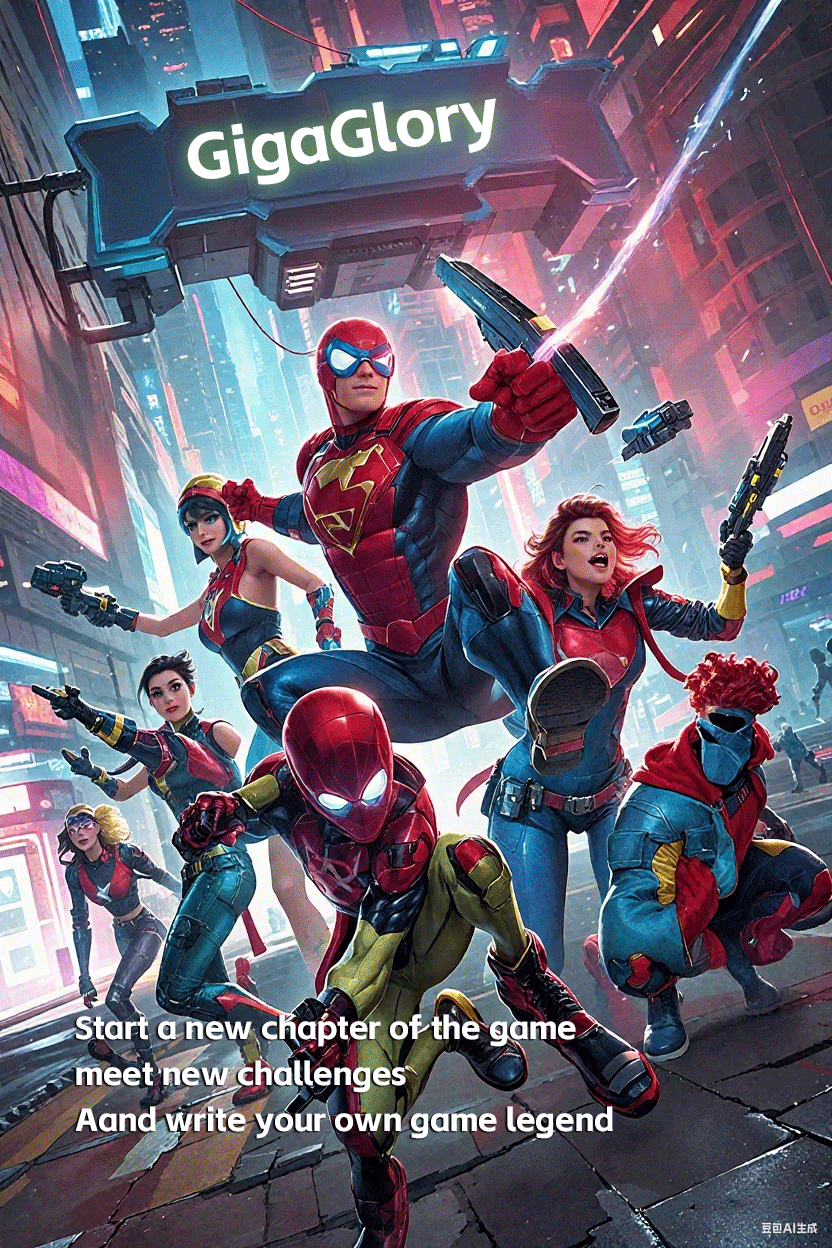Unlocking Fun and Learning: How Creative Educational Games Transform Learning Experiences
In today's fast-paced world, learning should be as engaging as it is informative. Creative educational games have emerged as a game-changer, providing an interactive platform for both children and adults to learn essential skills while having fun. But how exactly do these games reshape our educational experiences? Let's explore!
The Power of Creative Games
Creative games are not just about entertainment; they are powerful educational tools. By tapping into the natural instincts of play, these games motivate learners to think critically, solve problems, and unleash their creativity. One standout example is the sword RPG game, which combines storytelling and role-playing elements to immerse players in a world of learning.
Benefits of Creative Educational Games
- Improved Engagement: Traditional learning methods can sometimes feel dull, but creative games grab attention and keep it.
- Skill Development: Players enhance various skills like critical thinking, teamwork, and problem-solving.
- Real-World Applications: Many educational games simulate real-life scenarios, allowing players to apply knowledge practically.
How Educational Games Transform the Learning Landscape
Educational games draw learners into an immersive environment where they can discover knowledge through interactive challenges. For instance, in games like Skylanders Imaginators Rat Kingdom, players learn how to beat puzzles that require strategic thinking. This interactive experience fosters a deeper understanding of concepts compared to passive learning methods.
| Feature | Traditional Learning | Educational Games |
|---|---|---|
| Engagement Level | Low | High |
| Skill Development | Limited | Comprehensive |
| Real-World Application | Minimal | Significant |
Incorporating Creative Educational Games into Learning
Integrating these games into diverse learning contexts can offer numerous benefits. Here are some strategies educators and parents can use:
- Assess Learner Needs: Understanding the interests and learning styles of the students can guide game selection.
- Select Appropriate Games: Look for games that align with educational goals. Check for creative games that encourage collaboration and critical thinking.
- Facilitate Group Play: Encourage learners to play together. This builds community and enhances social skills.
- Encourage Reflection: After gaming sessions, engage learners in discussions about what they learned and how they applied critical thinking.
Conclusion
Creative educational games are more than just a trend; they are a vital addition to modern education. By elevating typical learning experiences into exciting adventures, these games inspire learners to explore knowledge actively. Whether it’s through a sword RPG game or puzzle challenges in video games, the importance of these tools lies in their ability to make learning memorable, engaging, and applicable in real life.
FAQs
What are creative educational games?
Creative educational games are interactive platforms that combine learning objectives with engaging gameplay. They help improve knowledge retention and critical skills.
How can educators implement these games in the classroom?
Educators can start by identifying learning goals, selecting suitable games, encouraging cooperative play, and facilitating discussions post-gaming sessions.
Can adults benefit from creative educational games?
Absolutely! These games are designed for all ages and can enhance skills in an enjoyable way, making learning an ongoing process.



